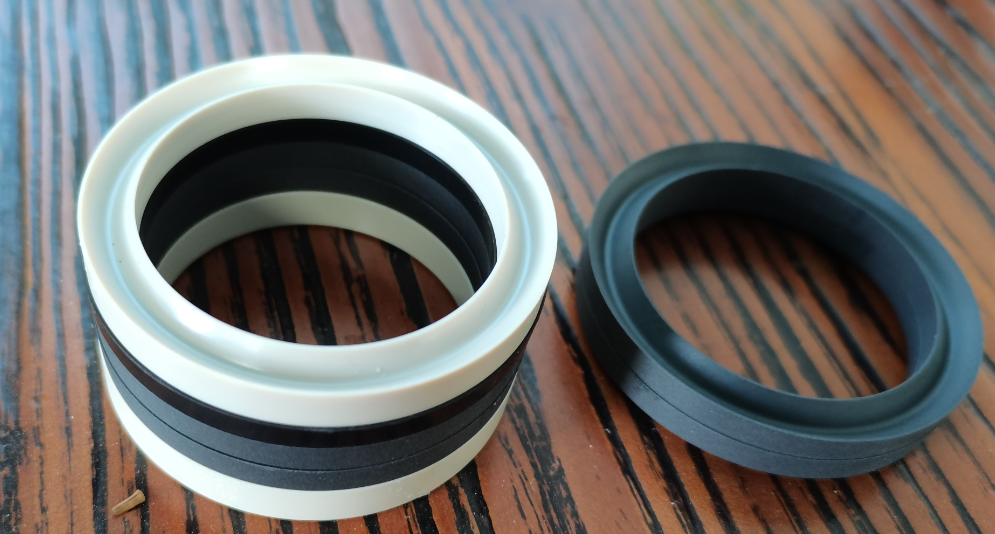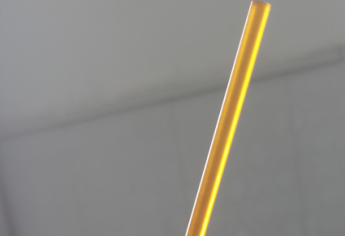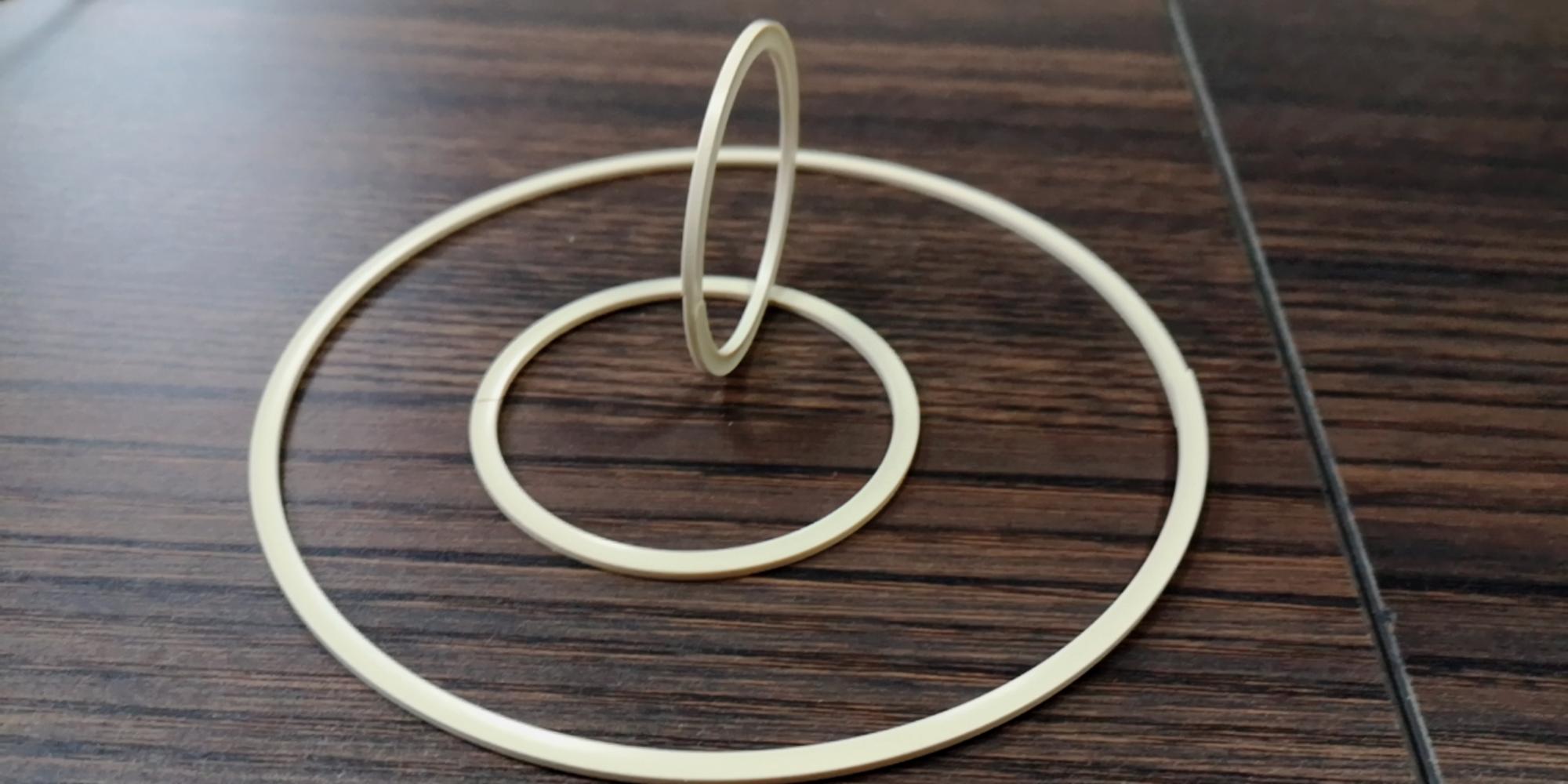PEEK Extrusion Molding
Views : 8566
Author : PEEK Plastic
Update time : 2022-12-26 16:56:48
In today’s competitive world, you want more from an advanced materials supplier than simply materials. Getting the most from high-performance polymers means considering component design hand-in-hand with material selection and optimised processing. This is the key to maximising an application’s value in-use and achieving high manufacturing efficiencies at the lowest possible component cost. With design and material selection decided, processing optimisation becomes critical to drive your product quality and manufacturing yields higher.
With more than 15 years’ experience, YBP Polymer Solutions is uniquely placed to help customers get the very most from Polyetheretherketones (PEEK) polymers and products. We offer a wide variety of YBP PEEK products that provide exceptional performance over a broad range of temperatures and extreme conditions. Each can be easily processed on standard equipment.
We are able to offer our customers an unrivalled technical capability encompassing design, material selection and processing support for Polyetheretherketones. As part of this, we’ve created this guide to help you optimise your extrusion processing conditions. In addition, our technical teams located around the world can assist you with prototyping, application development, design and simulation as well as support for metal replacement opportunities.
Our increasing number of Technical Centres have processing equipment to support trials for the full range of YBP PEEK products, offer hands-on processing training and extensive materials analysis and characterisation capabilities. We can offer bespoke data generation for specific application programs and our resources are backed up by extensive product and application-based datasets which are continually expanding. We are also involved in a number of industry-leading research projects with academic institutions to further extend our knowledge and help us develop more creative solutions with our customers.
PEEK polymer, along with its higher-temperature variants,is widely regarded as one of the highest performing thermoplastics in the world. Products are available as melt filtered granules, milled fine powders, or compounds containing a variety of functional fillers and reinforcements. They are used in the design and manufacture of high performance applications to replace metals and other materials to improve performance, increase design freedom and reduce system costs.
High Temperature Performance
Excellent high temperature resistance, with continuous use temperatures of 260ºC, which can offer longer life, reliability and increased safety margins in harsh environments.
Mechanical Strength and Dimensional Stability
Excellent strength, stiffness, long term creep and fatigue properties of PEEK materials allow parts to be designed with reduced weight, greater durability or strength.
Wear Resistance
In wet or dry abrasive environments, a low coefficient of friction and excellent wear resistance can help maintain part life and integrity.
Chemical Resistance
Resists corrosion even at elevated temperatures thanks to its ability to withstand a wide range of acids, bases, hydrocarbons and organic solvents.
Hydrolysis Resistance
PEEK materials have been used successfully to increase component reliability because it does not hydrolyse in water, steam or sea water even at elevated temperatures due to its low moisture absorption and low permeability.
Electrical Performance
Excellent electrical properties maintained over a wide frequency and temperature range to meet demanding electrical and electronic engineering needs.
Low Smoke and Toxic Gas Emission
Inherently self extinguishing without the use of additives and has low toxicity of combustion gases.
Purity
Offers exceptionally low outgassing and extractables for cleaner manufacturing.
Environmentally Friendly
Fully recyclable, halogen free, RoHS and REACH compliant
All general extrusion guidelines applicable to semi-crystalline polymers also apply to extruding PEEK materials. The higher melting points of PEEK materials require special attention in some areas, which are briefly summed up below.
Temperature capability
Equipment must be rated to 450°C. Barrels must be able to operate up to 400°C for processing PEEK, and up to 430°C for processing HT and ST.
Cooling:
Air cooling / hot rollers should be used immediately after exiting the die, and while the temperature is above Tg, to obtain optimally crystalline products.
Water cooling can be used to cool the extrudate after crystallisation has taken place.
Moisture content:
Although not hygroscopic, PEEK materials must be dried prior to extrusion.
Cleanliness:
Contamination must be avoided - dedicated scoops, trays for drying etc. are highly recommended.
Startup Procedures:
For black speck-free processing it is normally necessary to strip down and clean the screw, barrel and die assembly before every use.
Details to this high level summary are addressed in subsequent sections.
HANDLING
PEEK materials are supplied in a sealed polyethylene bag inside a heavy-duty cardboard box or a pallet sized box. It is strongly recommended that the materials remain sealed in the original packaging during transportation and storage. When material is required, the boxes should be opened in a clean
environment and care taken to avoid contamination. Any remaining material should be re-sealed immediately and kept under standard conditions (15-25°C, in the dry and away from direct sunlight), under which the product be stored in excess of 10 years.
DRYING
Although PEEK materials are supplied nominally dry, pellets may absorb up to 0.5% atmospheric moisture. It is essential to dry pellets to moisture content below 0.02% prior to processing, since traces of moisture create high vapour pressure at PAEK processing temperatures, resulting in foamy extrudate.
Pellets may be dried in an air circulating oven for 3 hours at 150°C or overnight at 120°C. For larger quantities such as during serial production desiccant dryers with a dew point of -40°C may be preferential.
PROCESSABILITY
A comparative plot of melt viscosities at a shear rate of 1000 s-1 for a range of high performance polyme. Although PEEK, HT and ST have some of the highest processing temperatures, their melt viscosities are in the range of polyamide (PI) and polycarbonate (PC) melts.
COLOUR
Unfilled and glass fibre reinforced PEEK, HT and ST are available in natural/beige and black. Other compounds are coloured by their constituent materials, i.e. carbon-fibre reinforced materials are black.Product of other colours may be obtained by either adding masterbatch to natural PEEK, HT or ST or by purchasing pre-coloured product from YBP Plastic. Please contact your local Victrex representative for further information.
 PEEK BATTERY SOLUTIONS
PEEK BATTERY SOLUTIONS
 CONSIDER ULTEM™ RESINS AS AN ALTERNATIVE SOLUTION TO SULFONE POLYMERS
CONSIDER ULTEM™ RESINS AS AN ALTERNATIVE SOLUTION TO SULFONE POLYMERS
 backup rings
backup rings
 Torlon
Torlon